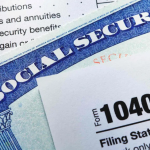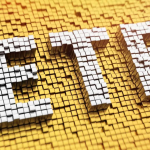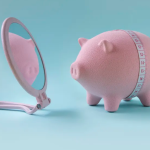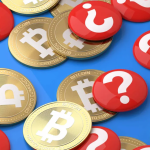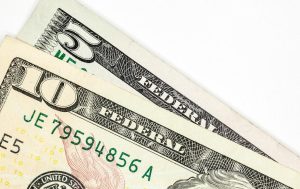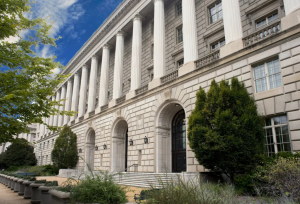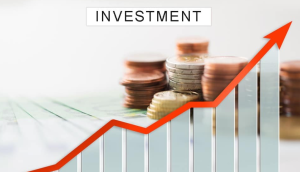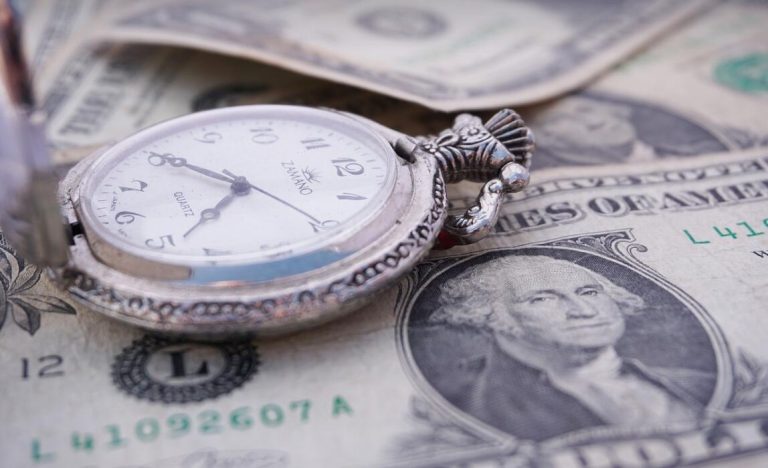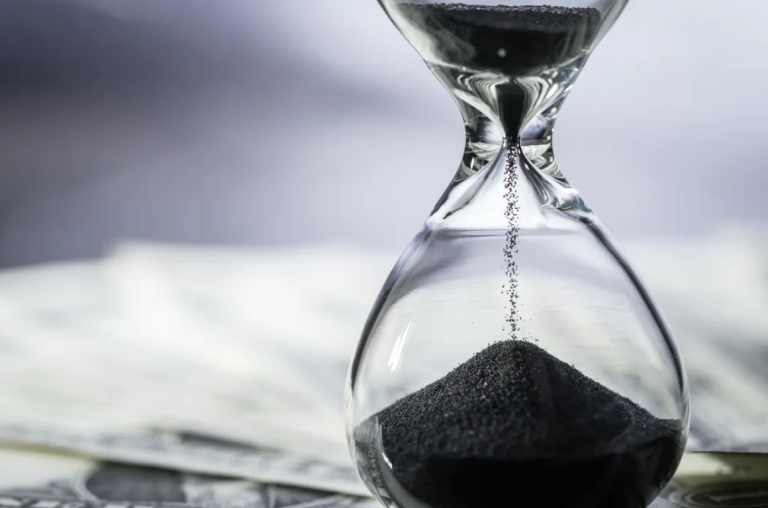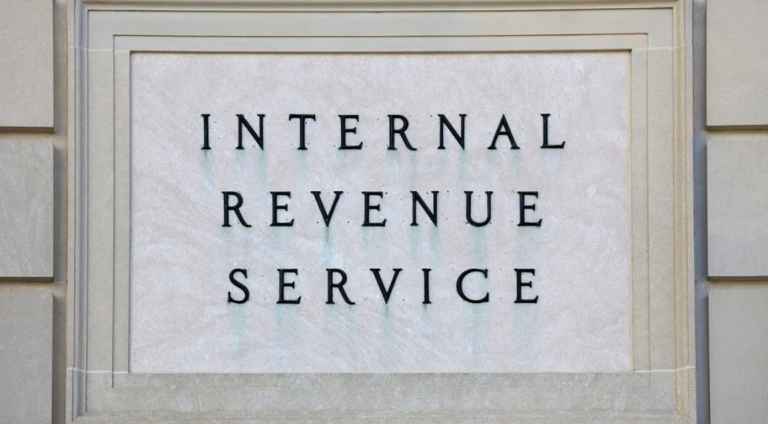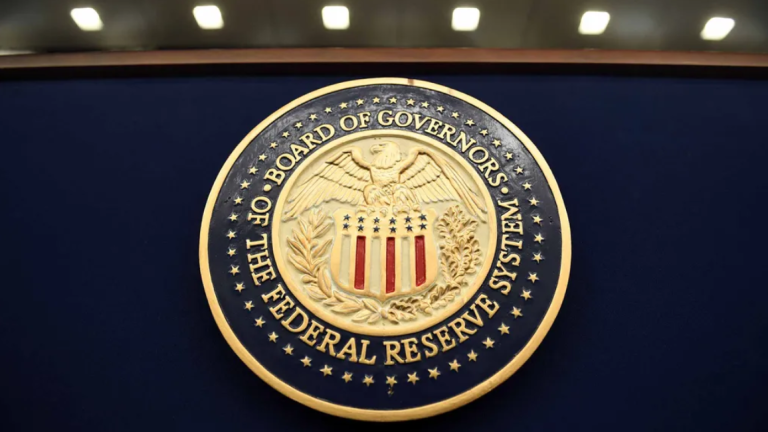Savings rates have been a topic of interest for many as we step into the new year. With economic conditions evolving rapidly, savers are wondering whether the upward trajectory of savings rates seen in recent times will continue or encounter a ceiling in 2023. In this article, we will explore the factors influencing savings rates and make predictions about what to expect in the coming months.
- Federal Reserve’s Monetary Policy:
The Federal Reserve plays a significant role in shaping the interest rate landscape. In recent years, the Fed has maintained a low-rate environment to support economic recovery during the pandemic. However, with inflation concerns and a strengthening economy, the Fed has begun tapering its bond purchases, a move towards normalizing monetary policy. This change indicates that we may see more interest rate increases in the future.
- The Impact of Inflation:
Inflation has been a central concern for both the Federal Reserve and savers. Rising prices erode the purchasing power of money, making it essential for savers to earn returns that outpace inflation. As a response to inflationary pressures, the Fed is more likely to raise interest rates. Higher rates can translate to improved savings account returns, potentially benefiting savers.
- Competitive Banking Landscape:
Financial institutions are keen on attracting deposits, and competition among banks can be favorable for savers. Higher interest rates may lead to more attractive offers from banks, with some institutions offering better rates, terms, and incentives to entice customers. Savers should take advantage of this competitive landscape to secure better savings account deals.
- Global Economic Conditions:
Savings rates aren’t isolated from the global economy. International events, such as changes in central bank policies worldwide, can influence the direction of savings rates. It’s important to keep an eye on global financial developments and their potential impact on domestic interest rates.
- Gradual Adjustments Expected:
While there’s anticipation for rising interest rates in 2023, it’s unlikely that these changes will happen suddenly. The Federal Reserve is likely to implement rate hikes in a gradual manner. Savers should prepare for a series of adjustments rather than an abrupt shift.
Conclusion:
Savers have good reasons to be optimistic about the potential for rising savings rates in 2023. The Federal Reserve’s actions, increased inflation rates, and a competitive banking landscape suggest that the upward trend in rates may continue. Savers can look forward to better returns on their savings accounts and the opportunity to benefit from a more favorable interest rate environment.
However, it’s essential to remain vigilant and informed about the evolving economic landscape. The Federal Reserve’s gradual approach to interest rate adjustments, coupled with the potential for ongoing inflation, means that savers should remain flexible in their financial strategies. By staying informed and proactive, savers can take advantage of the evolving interest rate environment to secure their financial well-being in the year ahead.
